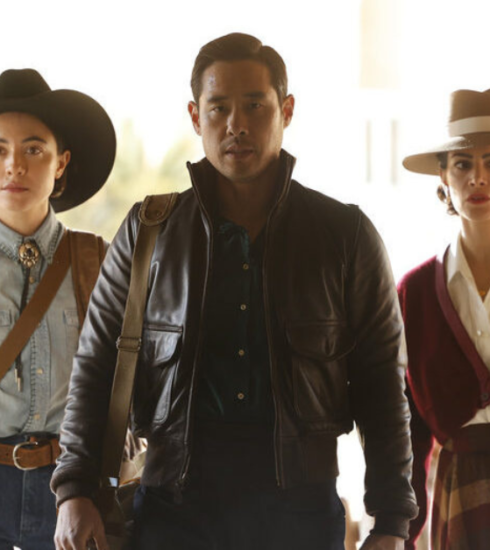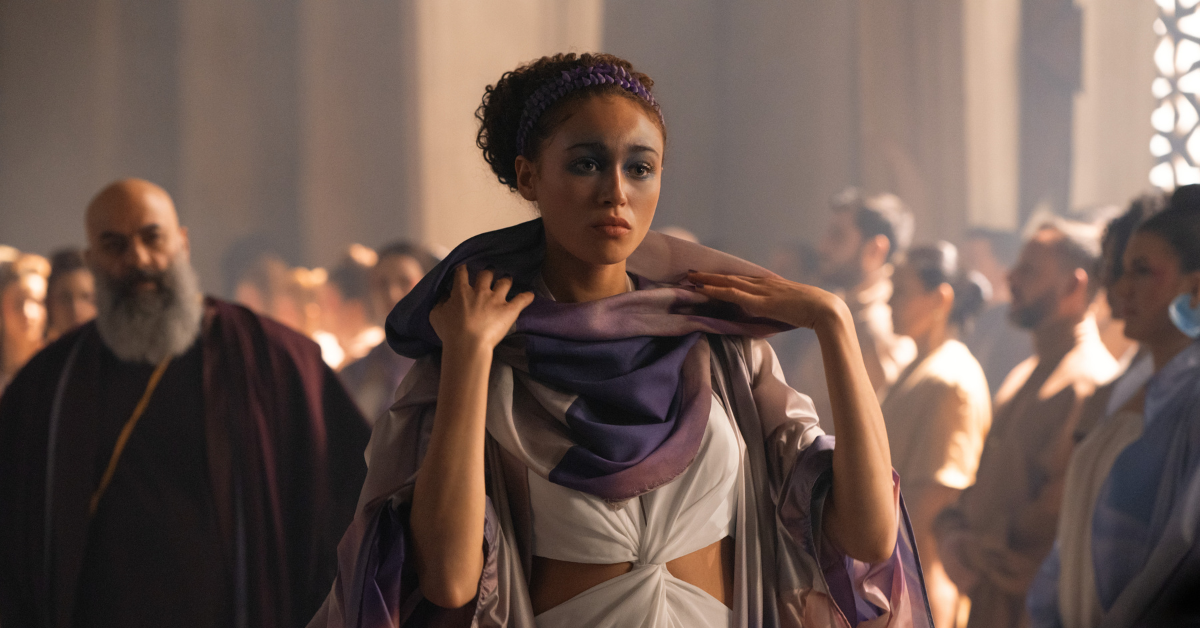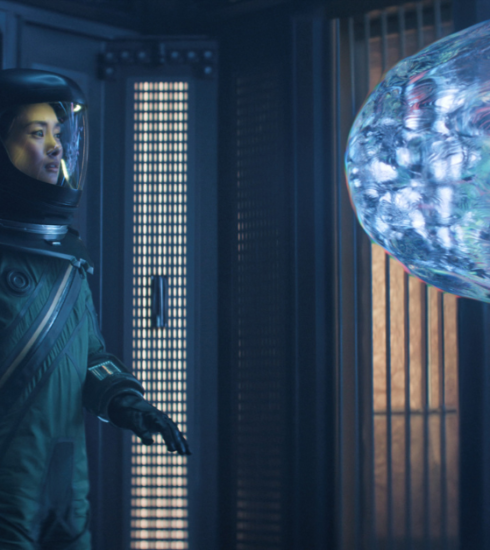AVATAR: THE WAY OF WATER is now available on Blu-ray and 4K Ultra HD: Interview with Production Designer, Ben Procter
This week AVATAR: THE WAY OF WATER became available on Blu-ray and 4K Ultra HD to all audiences and is already available on all major digital retailers. Avatar fans have double cause for celebration as the film makes its long-awaited debut and the original Avatar arrives for the first time on 4K UHD in High Dynamic Range to digital retailers and on Blu-ray disc.
This release will include over three hours of bonus content featuring the filmmakers, cast and crew.
The Official Black Magazine had the opportunity to speak with Ben Proctor. He is a seasoned creative designer with over two decades of award-winning expertise working with the entertainment industry’s greatest creative minds, brands, and franchises.
Ben conceived and managed the construction of all elements of the live-action world, including numerous, high-tech sets and vehicles, both practically and digitally through the virtual production and visual effects processes in his role as production designer for James Cameron’s Avatar: The Way of Water (working in tandem with co-designer Dylan Cole). He has also collaborated extensively with the Avatar franchise teams and partners to ensure concept and design consistency across games, theme parks, publishing, television, corporate collaborations, and more. However, The Way of Water is not Ben’s first visit to Pandora; he was also a concept art director for Avatar, which garnered the art department team an Art Directors Guild Award for Excellence in Production Design, among other awards.


Cox: Ben, you are a creative genius, working on films like the Avatar franchise and other movies like Ender’s Game. I want to know how do you do it and what’s the creative process like to bring something like the Avatar movies to life?
Procter: It’s a very complicated process. You know, very often things start with a script, then come the visuals and world-building. Those are implied in the script of the film. In the case of the Avatar sequels, we actually started back in late August of 2013. This included myself, my co-designer, Dylan Cole, and Joe Pepe, our lead character designer.
Jim (James Cameron) was actively working with the writing team. He basically treated writing the sequel to Avatar like a TV series in the sense that we had a writer’s room. Nobody knew which script they were going to be assigned. So, while they were downstairs breaking the stories together, we were upstairs painting and drawing, doing our own design thing. There was this great interaction between the writing and design teams. When the writers would get super inspired by something, we would need to better understand things like the characters being developed because it was hard to wrap our heads around them sometimes. For example, when it came to the character played by Sigourney Weaver, they were scratching their heads for a while, wondering how they would bring it to life. But when they saw one of Joe’s illustrations, it suddenly crystallized the character for them and even changed their writing process. They totally got her character from then on.
This goes the same way with the environmental visuals. The ideas we come up with for them eventually find their way into the script.
Cox: Speaking of developing character and the environment, which is harder?
Procter: They are equally hard. You know the environment has more radical complexities because Dylan is designing the entire planet of Pandora. When he is doing that, he isn’t just designing for scenes in the film; he is building out an entire world. And everything needs to feel real. The place, animals, and technology need to feel real, as do the motives of humans. All of this has to work well to serve the story and get the audience ingrained in it.
And at the same time, the reason I say it’s equally complex is because we have to get the audience engaged with the characters. They have to believe there’s veracity to those emotions. This is the level of detail that is put into the digital character process. I was lucky enough to be in some of these meetings, basically as a fly on the wall. You learn a large amount of anatomical jargon, like nasal labial.
When you look at the reef people, they are not only anatomically different from the forest people that we met in Avatar 1, but they also have a different culture and materials they use for their dwellings and clothes. And the ocean becomes a big part of the color palette for all those things. Once costumes, makeup, tattoos, and all those things are folded in with the already difficult task of building the characters, it becomes a big deal.


Cox: When you are creating these worlds and people from Avatar one to two, what’s that like? What are you basing the creations off of with the new characters?
Procter: Jim (James Cameron) is sort of a biologist when it comes to this. He’s like a scientist in the way he approaches things. For example, when it came to the reef people, Jim wanted to make sure we took into account that these people could stay longer in the water. Everyone’s going to expect them to have these big barrel chests, but that’s not what allows them to do that. It’s their blood chemistry, so he made sure we leaned into that when creating them. Now we had to consider that these people have bigger lung capacities, so their rib cages had to be slightly more pronounced than the forest people’s.
Jim said we aren’t making a film like Creature from the Black Lagoon, so we won’t have the reef people have webbed fingers. He did want us to fall into that trope. Strike was a thing he came up with when thinking about how we can create a feature on them that would allow for them to swim in better underwear. This strike would be a fin-like part of their body that runs from the edge of the hand down to the forearm. They would have this on their lower legs too. Then he wanted to make sure they had a paddle tail that would be much more muscular.


Cox: When it comes to creating a film like Avatar, is the process long enough for the movie to be made?
Proctor: It definitely takes longer than your typical film. And remember, we were designing four feature films that you just haven’t seen yet. When you look at the actual amount of production time, you get into laying out the virtual sets, performing captures, and then the live action stuff. If you had to compact that all within a calendar year, even getting rid of the filler moments, it would still take longer than most movies do.





